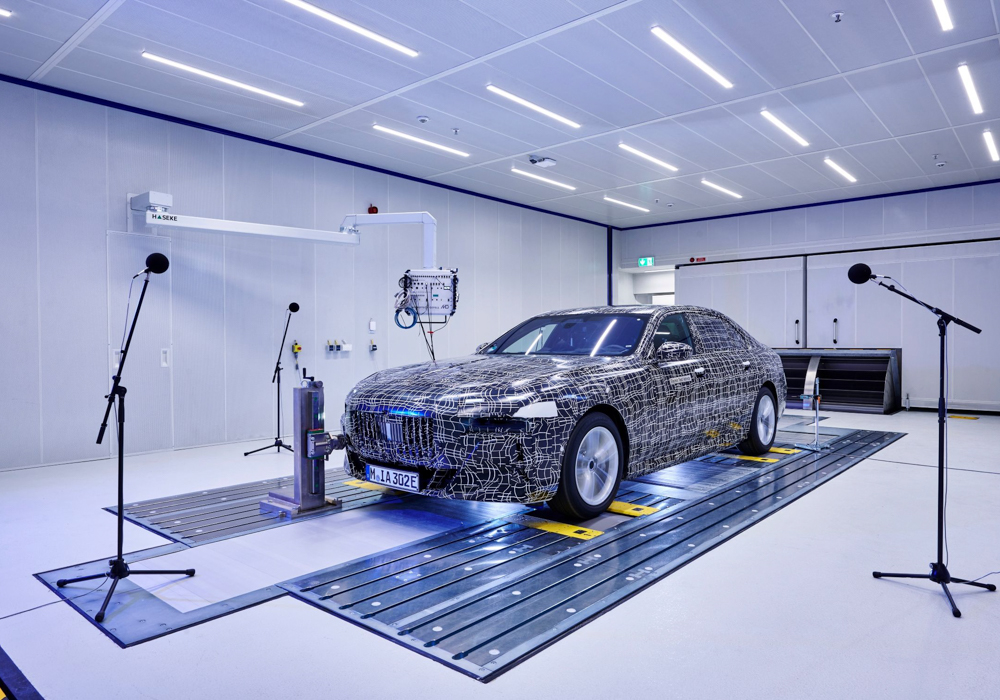
Modern cars have little in common with the machines we used to drive from point A to B 50, 30 or maybe even just 10 years ago. Technology is advancing fast, giving us better-performing and better-manufactured vehicles that create an expectation for the highest quality among consumers. That, in turn, creates a proper challenge for luxury car manufacturers like BMW, which are busy working on their electrified future. One area here is sound, and while we may take the noise (or lack thereof) that a car makes for granted, everything we hear and don’t is actually carefully designed and well-thought-out.
When the BMW i7 hits the roads at some point in the not-too-distant future, it will represent yet another milestone for the Bavarian firm. Gone are the times when big, straight-six or V12 blocks propelled the flagship limousine from Munich toward the horizon, as now a fully electrified car is due to take its place. That brings with it a myriad of challenges, not the least this one: How should an electric luxury limousine sound? To answer that question, BMW engineers are currently busy checking the new EV at their Research and Innovation Center in Munich.
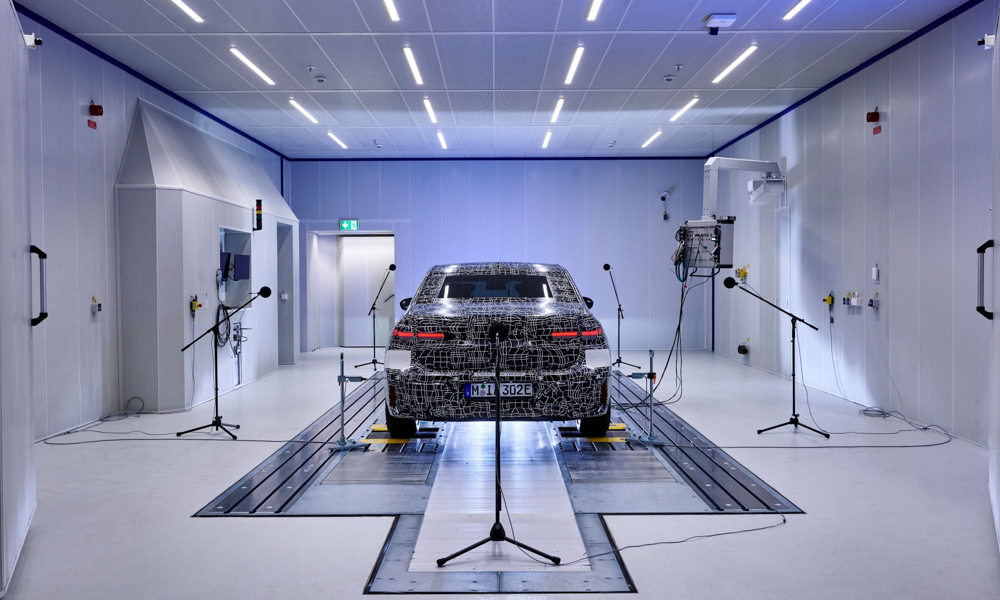
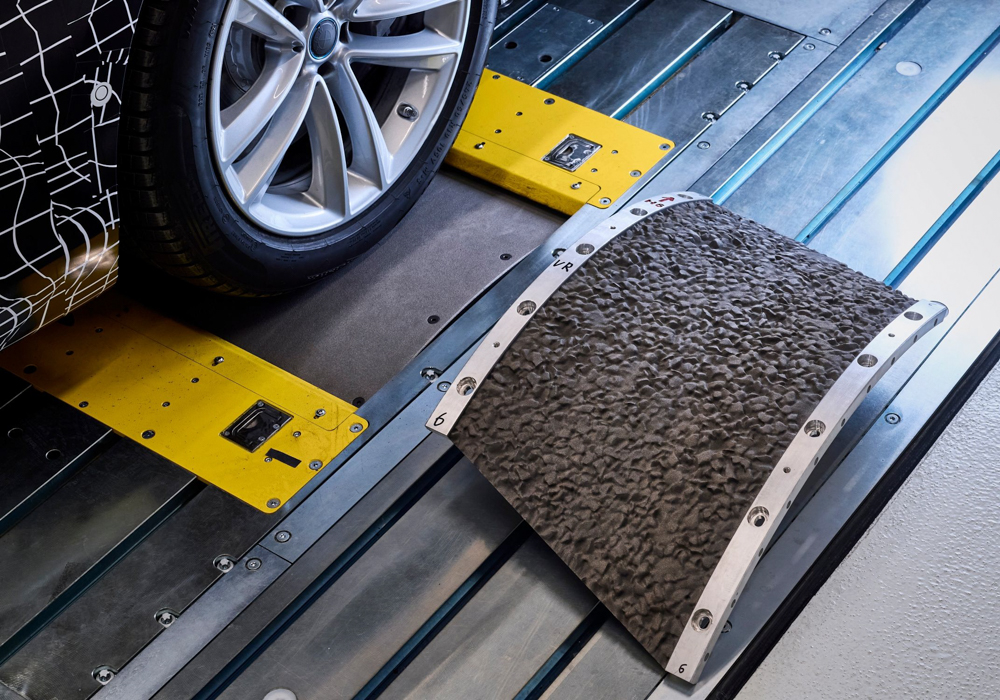
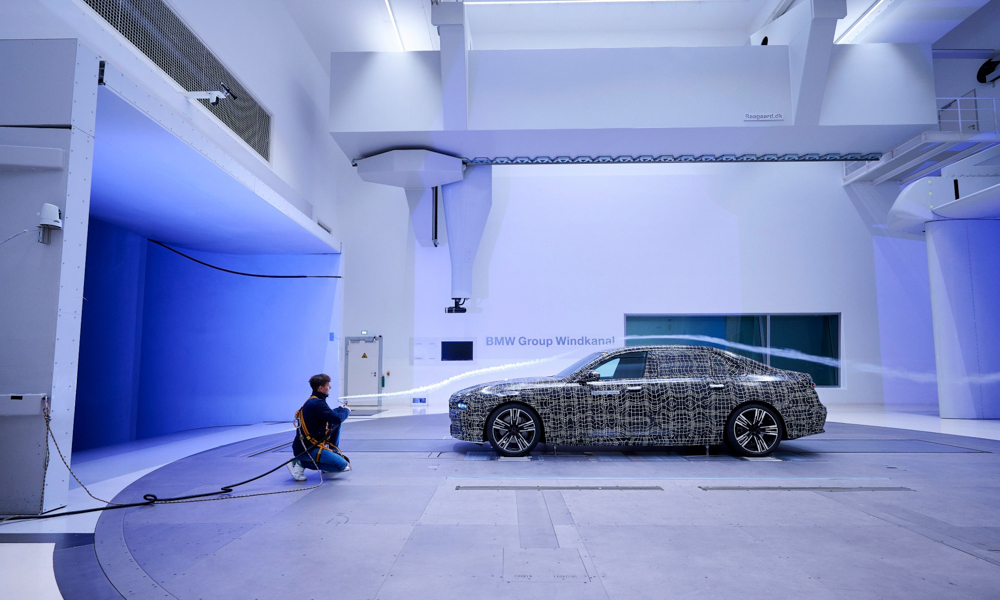
A common misconception is that EVs are silent anyway, so there shouldn’t be much work for any engineers looking to reduce noise. That’s actually only half true, and the automaker is currently working on various ways to ensure noiseless power delivery in its upcoming electric halo car. This goes as far as optimizing the electric drive, creating a new concept for it, and then encapsulating the motors so as little noise as possible gets into the cabin. Because the car is then super silent, it also needs to be extremely well-built, as every rattle or squeak would otherwise be noticed. To help with this, body rigidity has been increased, and the tires have foam absorbers on the inside to reduce noise and vibration.
While silence might be golden, sometimes too much of it isn’t a good thing either, so the carmaker will give passengers two options: float along with almost no noise in the cabin, or choose to have some artificial engine sound pumped in (although just calling it that makes it sound cheap). It’s not just any fake combustion audio that gets fed through the various speakers in the cabin. The automaker calls it IconicSounds Electric, and it was developed in collaboration with famous Hollywood composer Hans Zimmer. So prepare to let your inner pirate out, or feel like the Dark Knight while cruising around town in your zero-emissions limo.
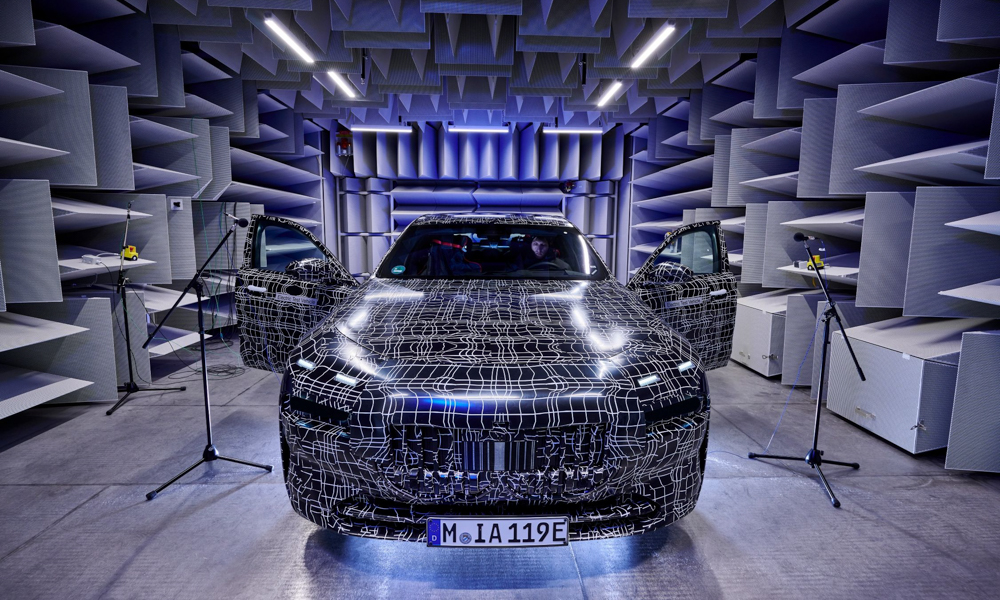
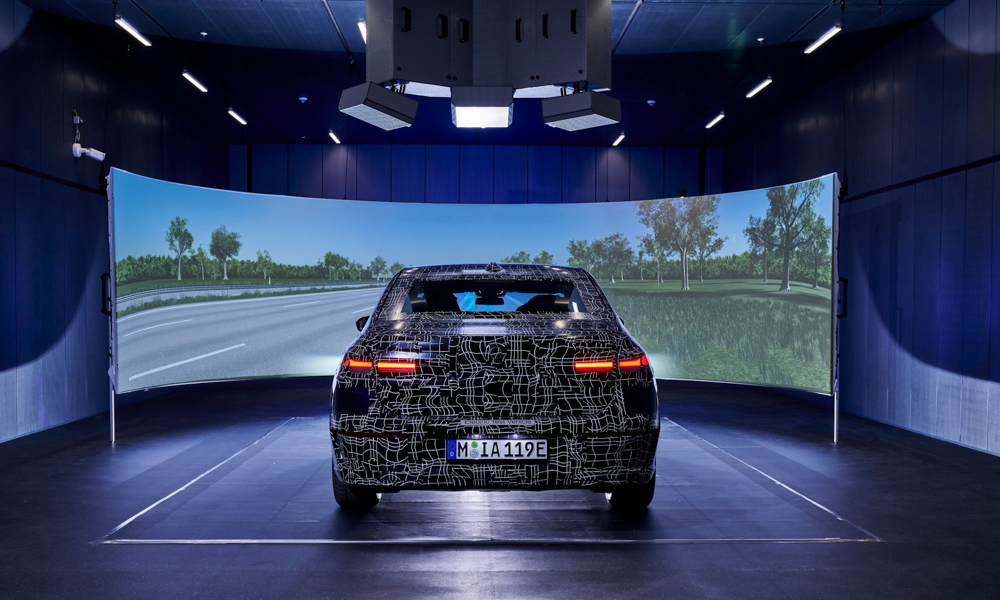
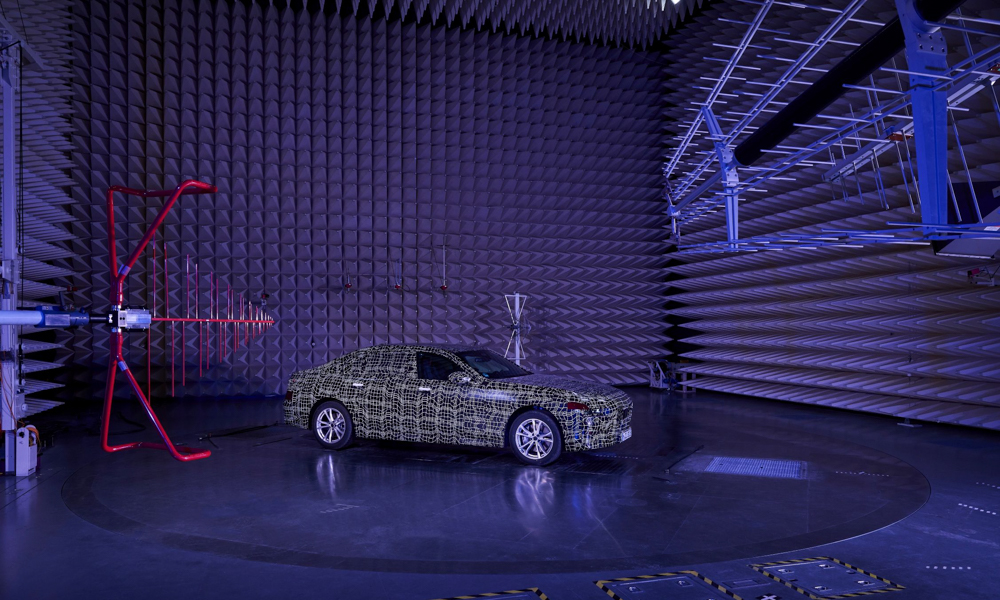
All these features can’t be just thrown onto the car and sent into production, of course, and the lengths the German boffins go to when testing the vehicle are quite impressive. For example, an acoustic simulator is used to create the types of sounds a car will be subjected to in real life, such as roadworks or other vehicles and trucks passing by it, in laboratory conditions. This allows sound absorbers to be fitted into various parts of the car effectively, such as in the pillars, the roof lining or the rear parcel shelf. On top of that, there’s a climate chamber where the car can be subjected to varying temperatures to see how the materials cope and how the air-conditioning system sounds when it kicks in.
Finally, the sound is even fine-tuned in the acoustic wind tunnel, where the body of the car and parts like the mirrors and the door handles are optimized to ensure they don’t create any unwanted noise. There’s one area where engineers want the car to be noisy, though: on the outside. The acoustic pedestrian protection system is also tested during this phase to ensure the car can be heard coming by anyone crossing the road ahead of it. Once it’s all done, we’ll hopefully be treated to the most silent limousine ever created. Now, if that’s something you like or not is debatable, but it’s impressive for sure.


0 Comments